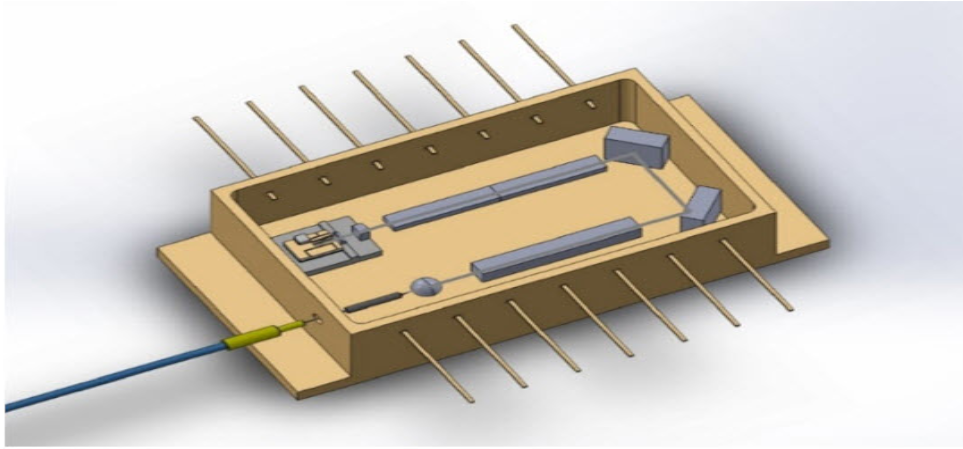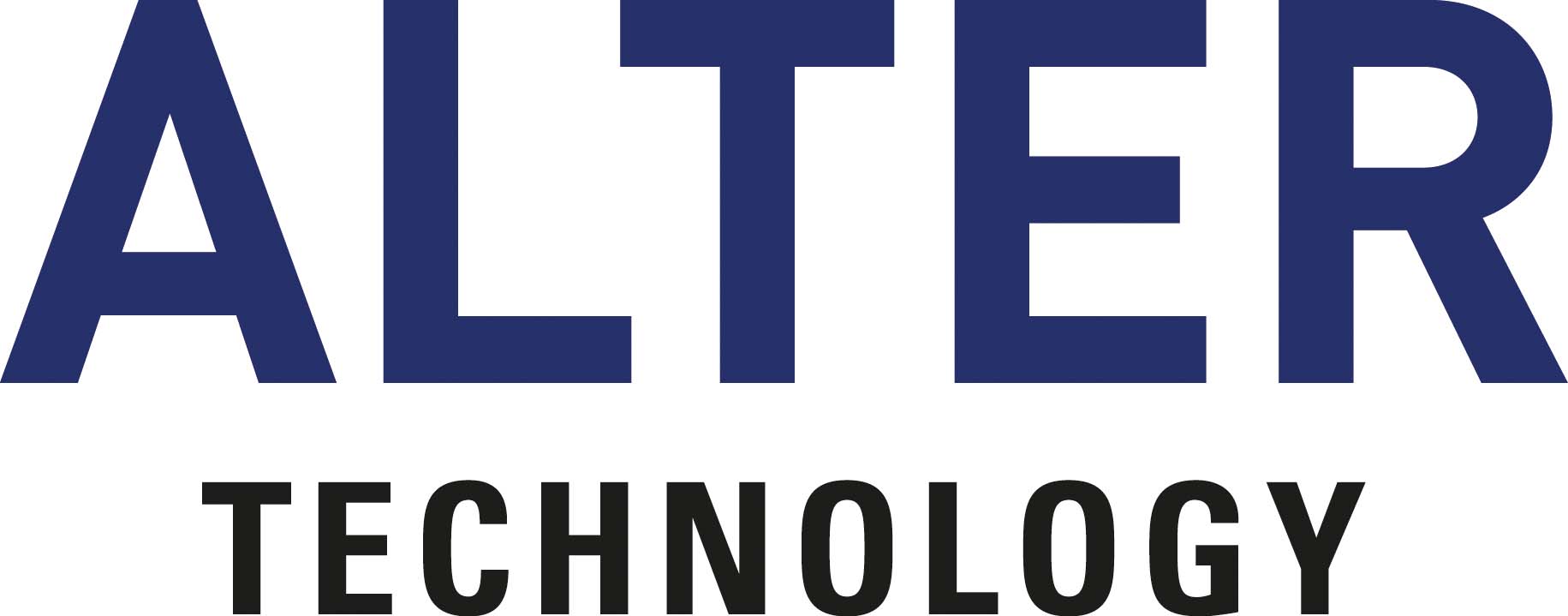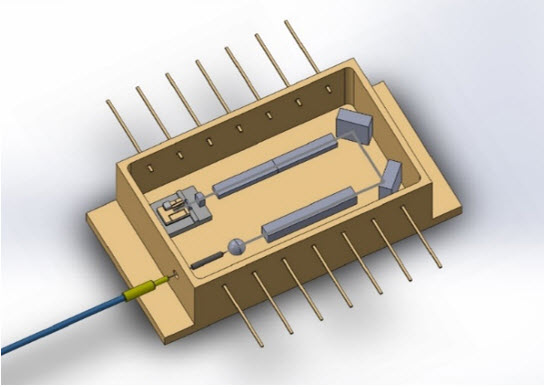
Quantum Key Distribution (QKD)
- Posted by David Poudereux Sánchez
- On January 16, 2020
- 0
Quantum communications offer many advantages for secure data transmissions, such as confidentiality, integrity and spy detectability. Quantum physics allows the encoding of information using the correlation between two or more particles (photons, atoms) thanks to quantum cryptography or Quantum Key Distribution (QKD), a method of processing information arising from the properties of quantum entanglement.
The Quantum Key Distribution (QKD) allows two (or more) parties to know when a communication channel is completely secure to exchange an encrypted key. The Quantum Key Distribution (QKD) is used before the classical information is transmitted over a conventional non-secure communication channel such as fiber optic networks. Since the laws of quantum physics affirm that a single particle such as a photon cannot be divided or cloned, it certifies the absolute security of communication. However, quantum communication channels are limited on Earth.
The losses of the fiber optic link and the current state of the photon detection technology make the maximum length of the section without using regeneration (amplification) of approximately 100 km, while for the free space transmission the limit is the visible horizon. Such problems are in principle almost absent in space and are less severe in earth-to-space bonds. In fact, quantum links in free space combined with fiber optics could extend secure communication between points on the earth worldwide.
One of the most important components in a quantum communication equipment is the photonic transceiver. Generally, it is composed of two elements based on single-photon emission, an entangled photon source (EPS) and a faint pulse source (FPS). The entangled photon source (EPS) and a faint pulse source (EPS) generates entangled photon pairs while the FPS generate weak photon pulses.
ALTER participated in the development and characterization of a photonic transceiver for space communication/encryption (1). Specifically, contributed in the characterization of the EPS planned to be used for transmitting from a LEO satellite to two separate ground stations either one common secure key simultaneously or two different secure keys consecutively. Alter Technology also performed the radiation tests, total ionizing dose (TID) and displacement damage (DD) test, on blue/violet and near-infrared (NIR) LEDs for space quantum communication (2).
Nowadays Alter Technology UK (formerly Optocap) is participating in the QUEST project of Glasgow’s Fraunhofer Centre of Applied Photonics (FCAP), which uses satellite technology to research QKD over long distances. The target of this feasibility study is the evaluation of the potential of entangled photon source for space quantum key distribution QKD.
REFERENCES:
- Gardelein A, Jofre M, Molina-Terriza G, Perez J, Pruneri V, Bernabeu E, et al. Quantum transceiver for secure space communications. :4.
- Adamiec P, Vilera M, Esquivias I, Faugeron M, Penate L, Barbero J, et al. Radiation tests on semiconductor optical sources for space applications. In 2017. p. 106.
GET IN TOUCH TODAY!
Do you have questions? Contact us!
- Photonic Integrated Circuits Radiation - January 31, 2022
- Evaluation of Optical switches without moving parts - January 27, 2022
- Photonic Integrated Circuits radiation for harsh environments - September 23, 2021



0 comments on Quantum Key Distribution (QKD)